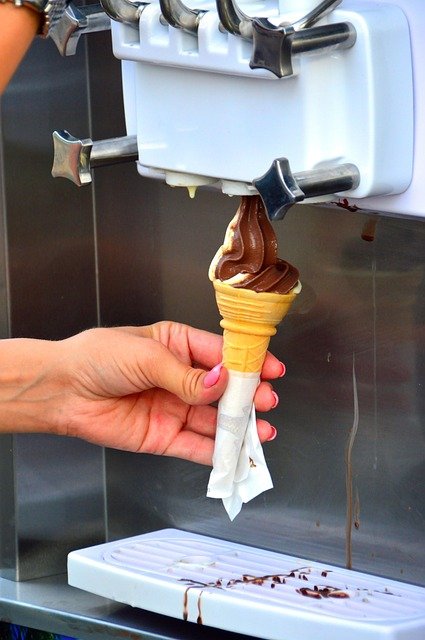Professional Ice Maker Machines: Key Features and Buying Guide
July 9, 2025 | by li, moniker

The Essential Guide to Professional Ice Maker Machines
In the foodservice and hospitality industries, a reliable ice supply is crucial for daily operations. Professional ice maker machines are designed to meet high-demand environments, producing large quantities of ice efficiently and consistently. Whether for restaurants, bars, hotels, or healthcare facilities, these machines ensure a steady supply of clean, high-quality ice. Unlike residential models, commercial-grade ice makers are built for durability, energy efficiency, and rapid production. This article explores the key features, benefits, and considerations when choosing a Commercial Ice Maker, helping businesses make an informed decision. From production capacity to ice type and maintenance, understanding these factors can optimize operations and enhance customer satisfaction.
Key Features of Professional Ice Maker Machines
Commercial ice makers are engineered with advanced features to handle heavy usage. One of the most critical aspects is production capacity, typically measured in pounds of ice per 24 hours. High-capacity models, such as those found at Commercial Ice Maker, can produce hundreds of pounds daily, ensuring businesses never run out. Another essential feature is ice type—whether cubed, nugget, or flake—each suited for different applications. For example, nugget ice is popular in healthcare due to its chewable texture, while cube ice is ideal for beverages. Additionally, modern units include energy-saving modes, self-cleaning functions, and durable stainless-steel construction to withstand harsh environments.
Choosing the Right Ice Maker for Your Business
Selecting the best professional ice maker depends on several factors. First, assess your daily ice needs—underestimating demand can disrupt service, while an oversized machine wastes energy and space. Next, consider storage requirements; some models include built-in bins, while others require separate storage. Installation type—modular, undercounter, or countertop—also plays a role in space optimization. Additionally, look for certifications like NSF or Energy Star, ensuring compliance with safety and efficiency standards. Finally, evaluate maintenance needs; machines with easy-access components and self-cleaning cycles reduce downtime and labor costs. A well-chosen ice maker enhances workflow efficiency and customer experience.
Maintenance and Longevity of Commercial Ice Makers
Proper maintenance is vital to extend the lifespan of a professional ice maker. Regular cleaning and sanitizing prevent scale buildup and bacterial contamination, ensuring ice remains safe for consumption. Filters and water lines should be inspected monthly to avoid clogs and mineral deposits. Additionally, professional servicing every six months can identify potential issues before they escalate. Investing in a high-quality machine, such as those from trusted suppliers like Commercial Ice Maker, ensures durability and reliable performance. By following manufacturer guidelines and scheduling routine maintenance, businesses can maximize efficiency and avoid costly repairs.
Conclusion: Investing in the Right Ice Maker for Success
Professional ice maker machines are indispensable in high-volume settings, providing a consistent ice supply that supports smooth operations. Understanding key features—such as production capacity, ice type, and energy efficiency—helps businesses select the best model for their needs. Proper installation, maintenance, and adherence to safety standards further enhance performance and longevity. Whether for a bustling restaurant or a healthcare facility, a reliable Commercial Ice Maker ensures customer satisfaction and operational efficiency. By choosing a reputable supplier and maintaining the equipment diligently, businesses can enjoy years of dependable service, making this investment a cornerstone of their daily success.
RELATED POSTS
View all

